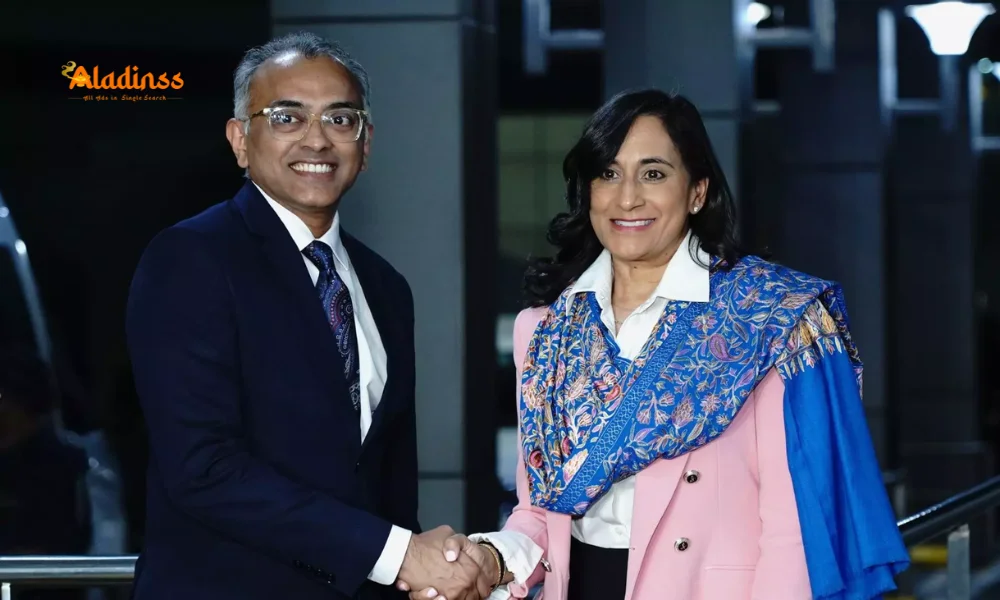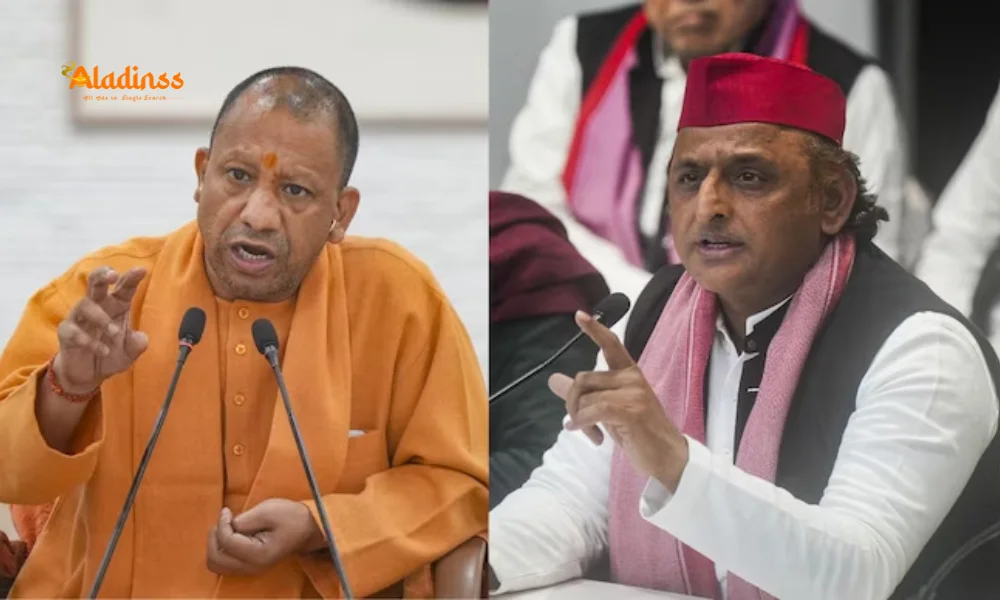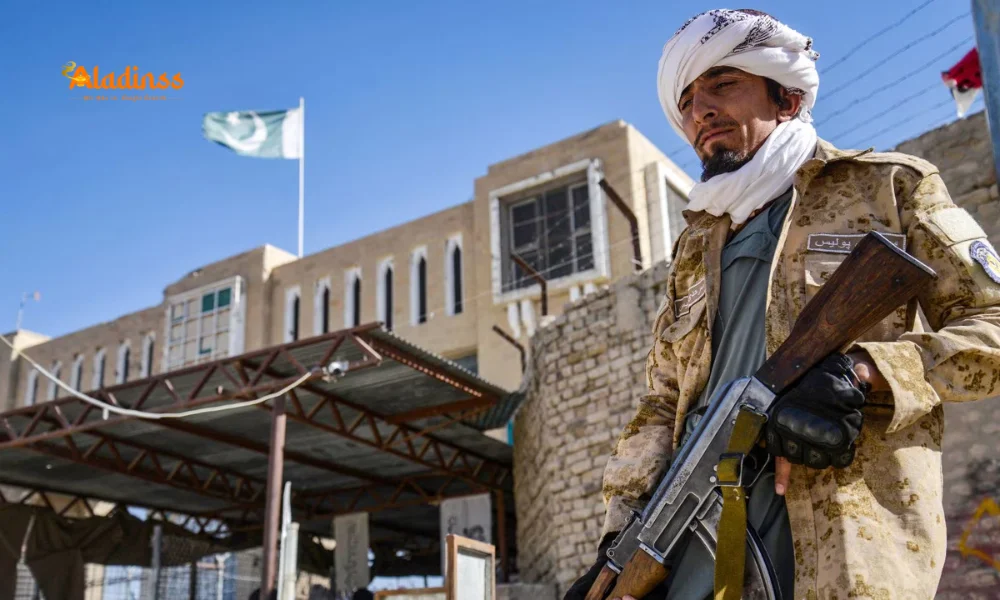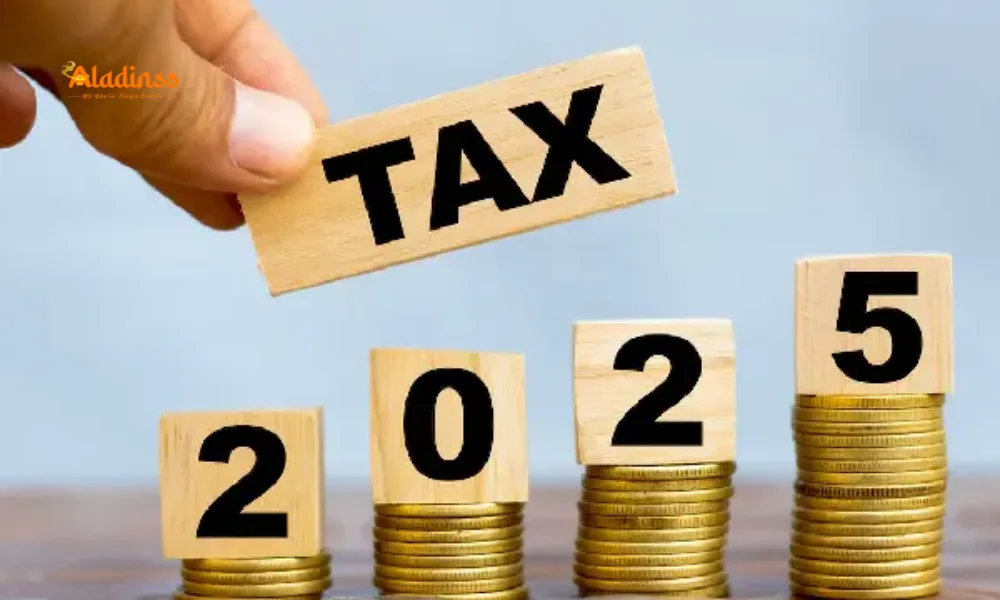Bihar Polls 2025: Equal BJP-JD(U) Seat Share
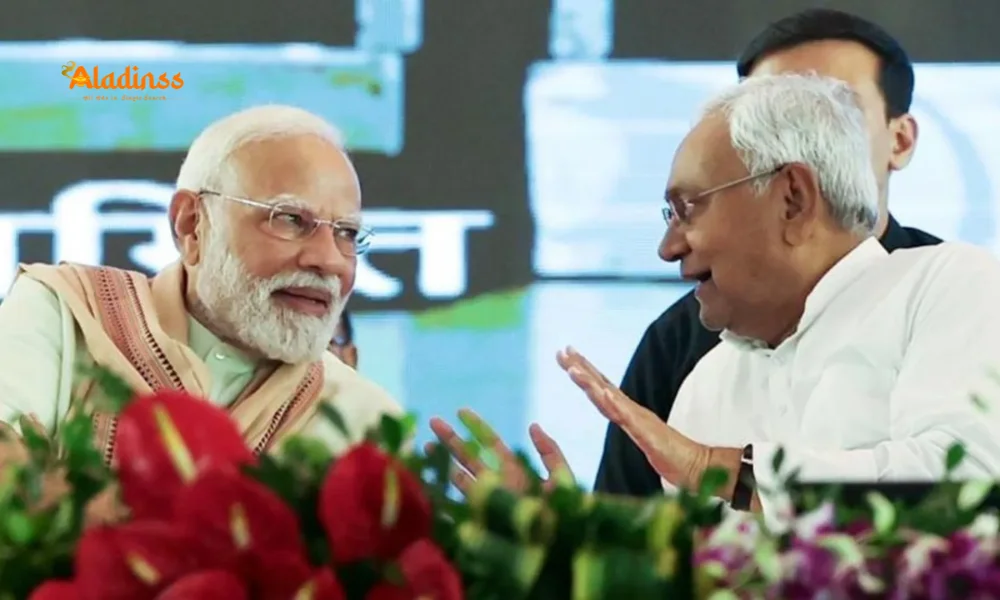
Bihar Assembly Elections 2025: BJP-JD(U) Equal Seat Alliance Ends Big Brother Dynamic
In a groundbreaking shift for Bihar election seat sharing, the Bharatiya Janata Party (BJP) and Janata Dal (United) (JD(U)) have agreed to contest an identical number of seats-101 each-in the upcoming Bihar assembly elections scheduled for November 6 and 11, 2025. This move dismantles the longstanding "big brother, small brother" dynamic in their partnership, signaling a new era of equality within the National Democratic Alliance (NDA). Bihar polls 2025 are poised to witness this balanced approach, with BJP leaders hailing it as a testament to mutual respect rather than dominance. The decision comes amid heightened anticipation for NDA's strategy against the opposition Mahagathbandhan, as allies like Lok Janshakti Party (LJP) secure substantial shares.
Senior BJP figures emphasize that this Bihar election seat sharing formula promotes parity and logical distribution among NDA constituents. Unlike previous cycles where BJP held a commanding lead in seat allocations, the current arrangement reflects collaborative decision-making. This evolution in NDA Bihar strategy could bolster coalition unity, crucial as the state gears up for a fiercely contested battle. With Nitish Kumar's JD(U) matching BJP's tally, the alliance aims to project a united front, potentially swaying undecided voters in key demographics.
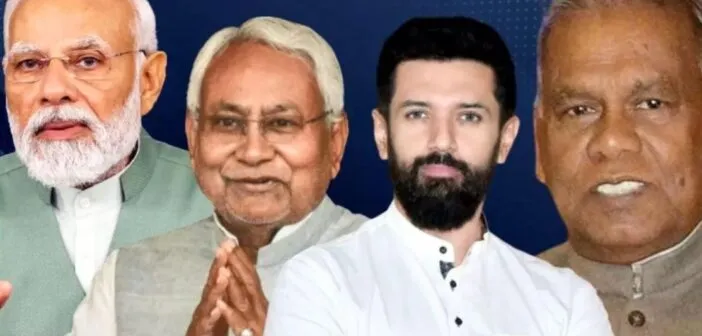
Breaking Down the NDA Seat Allocation in Bihar Polls
The NDA's seat-sharing blueprint for Bihar assembly elections 2025 allocates 101 seats apiece to BJP and JD(U), totaling 202 out of 243 available. This equal split marks a departure from historical imbalances, where BJP often claimed a larger portion. Other allies receive proportionate shares: LJP (Ram Vilas), under Chirag Paswan, gets 29 seats-a significant jump from its past independent forays. Hindustani Awam Morcha (HAM), led by Jitan Ram Manjhi, secures six seats, while Rashtriya Lok Morcha (RLM) under Upendra Kushwaha also bags six. The remaining seats go to smaller partners like Rashtriya Lok Janshakti Party and others, ensuring comprehensive coverage.
This distribution underscores a "practice in parity," as described by BJP insiders, avoiding any perception of coercion. The two-phase polling-November 6 for 102 seats and November 11 for the rest-will test this unity. Early indications suggest the formula was finalized after intensive negotiations, factoring in each party's regional strongholds. For instance, JD(U)'s dominance in Seemanchal and BJP's sway in Magadh could complement each other effectively.
- BJP: 101 seats, focusing on urban and upper-caste belts.
- JD(U): 101 seats, targeting EBCs and Muslim voters in rural areas.
- LJP (RV): 29 seats, emphasizing Dalit consolidation in north Bihar.
- HAM: 6 seats, strengthening Mahadalit outreach.
- RLM: 6 seats, appealing to Koeri-Kurmi communities.
Such a structured Bihar election seat sharing not only mitigates internal rivalries but also optimizes vote transfer, a key to NDA's 2020 success where they clinched 125 seats overall.
From Dominance to Equality: Evolution of BJP-JD(U) Ties
Historically, the BJP-JD(U) alliance in Bihar has been characterized by an uneven power balance, with BJP as the "big brother" dictating terms. In 2020, BJP contested 110 seats against JD(U)'s 115, but the narrative of BJP's overarching influence persisted. This time, the equal 101-seat pact challenges that notion, fostering a sense of co-leadership. BJP leaders view it as a strategic pivot to reinforce Nitish Kumar's credibility, especially after his multiple alliance shifts.
The change aligns with broader NDA Bihar strategy to counter narratives of central overreach. By granting JD(U) parity, BJP signals trust in Kumar's grassroots machinery, vital for mobilizing backward classes. Analysts note this could prevent vote splits, unlike in 2015 when JD(U)-RJD-Congress combined forces against NDA. The 2025 arrangement, born of consensus, contrasts sharply with past frictions, like the 2019 split over CAA.
Moreover, this parity extends to decision-making on candidate selection and campaign themes. Joint rallies featuring Narendra Modi and Nitish Kumar are planned, emphasizing development and social justice-core to Bihar polls 2025. This collaborative ethos might appeal to young voters disillusioned by flip-flops, positioning NDA as a stable alternative.
Allies' Enhanced Roles and Stature in NDA Fold
Chirag Paswan's LJP (Ram Vilas) emerges as a major beneficiary, contesting 29 seats-far more than its 2020 independent bid of 135, which yielded modest gains. This integration into the full NDA fold, after years on the fringes, highlights mutual accommodation over rivalry. Paswan's focus on Paswan-Dalit votes in 29 constituencies could fortify NDA's northern flank.
Jitan Ram Manjhi's HAM sees a slight dip to six seats from seven in 2020, yet his overall influence has surged with one Lok Sabha MP and a Union minister berth. Recent social media buzz about discord was quashed, affirming his elevated NDA status. Similarly, Upendra Kushwaha's RLM, with six seats, benefits from Kushwaha's Rajya Sabha position and potential cabinet elevation, incentivizing loyalty.
- LJP's 29 seats target 15-20% Dalit vote bank.
- HAM's allocation bolsters Mahadalit representation.
- RLM's share eyes Koeri consolidation amid caste arithmetic.
- Smaller allies like RLJP get 3-4 seats for niche appeals.
These adjustments reflect a nuanced Bihar election seat sharing that rewards performance and loyalty, enhancing coalition cohesion. Public endorsements from allies underscore this harmony, a stark foil to opposition disarray.
Opposition Mahagathbandhan's Seat-Sharing Stalemate
While NDA celebrates unity, the INDIA bloc-comprising RJD, Congress, and others-grapples with unresolved Bihar election seat sharing. Lalu Prasad Yadav pushes for Congress to cap at 54 seats, a reduction from 2015's 70, while demanding Tejashwi Yadav's formal CM candidacy. These sticking points have delayed announcements, eroding momentum.
Internal rifts, evident in recent meetings, stem from RJD's dominance (aiming for 140+ seats) clashing with Congress's revival bid. Unlike NDA's swift resolution, this impasse risks alienating allies like Left parties. Historical precedents, like 2020's fractured opposition, suggest such delays could cede ground to NDA's organized campaign.
Tejashwi's leadership aspirations add complexity, with Yadav insisting on clarity to rally Yadav-Muslim base. Congress, weakened post-2024 Lok Sabha drubbing, seeks more to rebuild, but concessions seem unlikely soon. This contrast amplifies NDA's narrative of stability versus chaos.
Strategic Implications for Bihar Polls 2025 Outcome
The equal BJP-JD(U) pact could reshape Bihar polls 2025 dynamics, optimizing resource allocation and minimizing overlaps. With 243 seats at stake, NDA's 100% coverage via allies ensures broad outreach. This parity might neutralize anti-incumbency against Nitish's long tenure, framing the alliance as refreshed.
Caste calculus remains pivotal: NDA targets 50%+ via EBCs, Dalits, and upper castes, while Mahagathbandhan banks on MY (Muslim-Yadav) 30%. Economic pledges-jobs, infrastructure-will dominate, with NDA leveraging central schemes. Voter turnout, projected at 60%, hinges on mobilization.
Post-poll scenarios include NDA retaining power or a hung house favoring BJP. This seat-sharing masterstroke positions them advantageously, potentially echoing 2010's landslide. As campaigns intensify, watch for defections and last-minute tweaks.
Broader Context: Bihar's Political Landscape in 2025
Bihar's politics, defined by caste and coalitions, sees 2025 as a referendum on governance. NDA's growth-from 185 seats in 2010 to 125 in 2020-stems from inclusive alliances. JD(U)'s resilience despite Kumar's switches underscores its organizational edge.
Emerging issues like migration, education, and women's safety will shape debates. NDA's parity move could inspire similar equity in other states, redefining federal alliances. For voters, it promises a contest of ideas over egos.
In summary, this Bihar election seat sharing heralds collaborative politics, setting the stage for a transformative poll season. Stay updated as manifestos unfold and alliances solidify.
Comment / Reply From
No comments yet. Be the first to comment!

